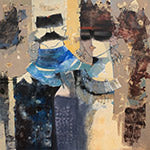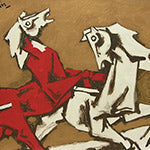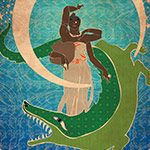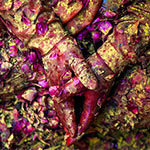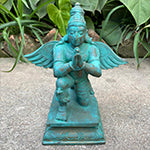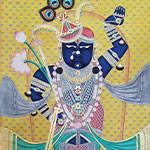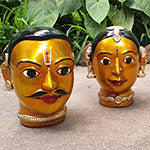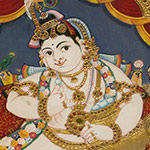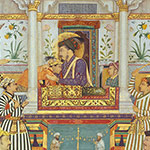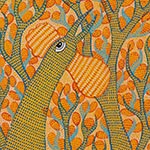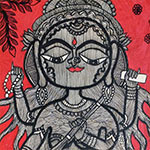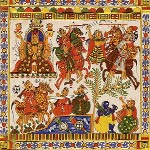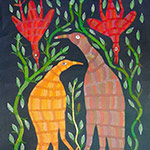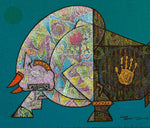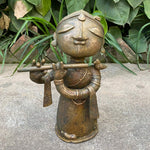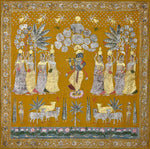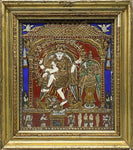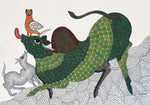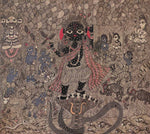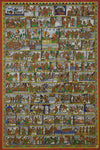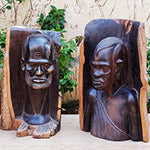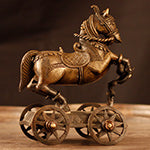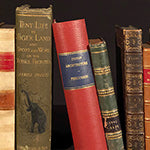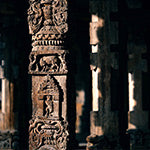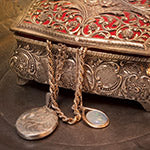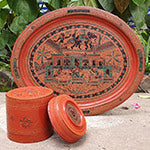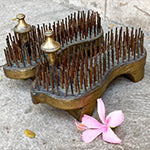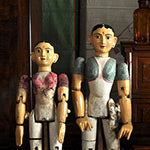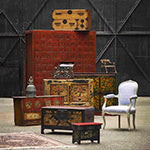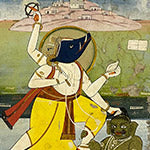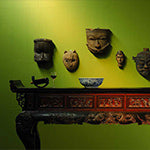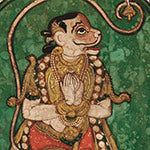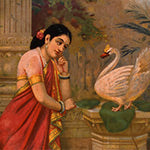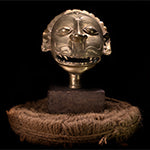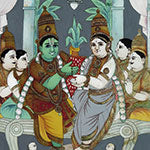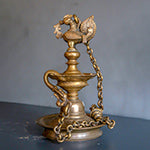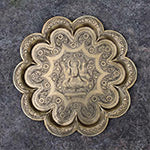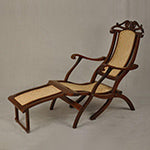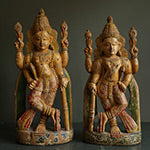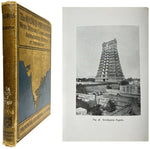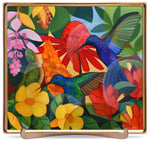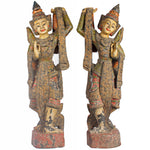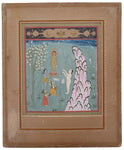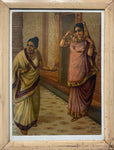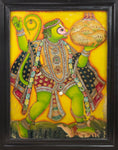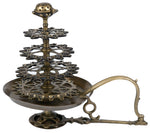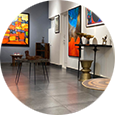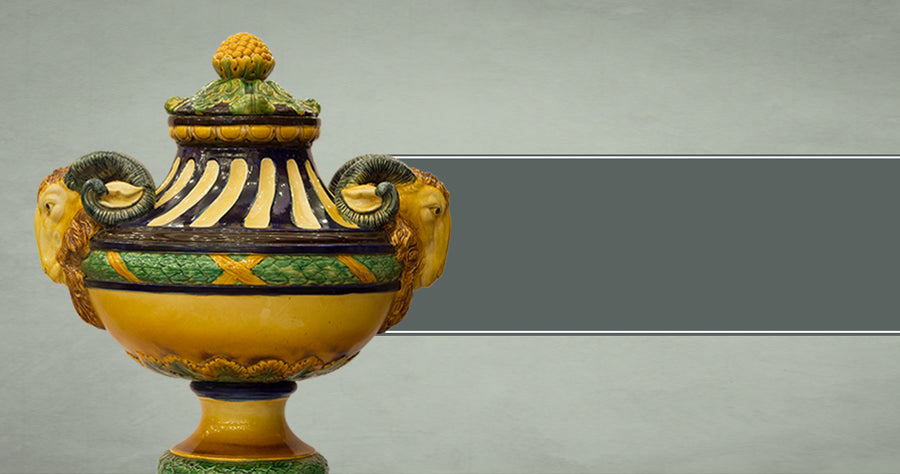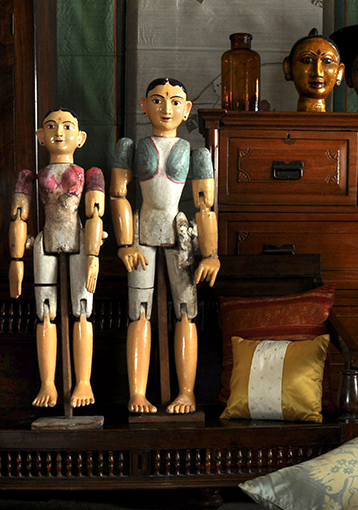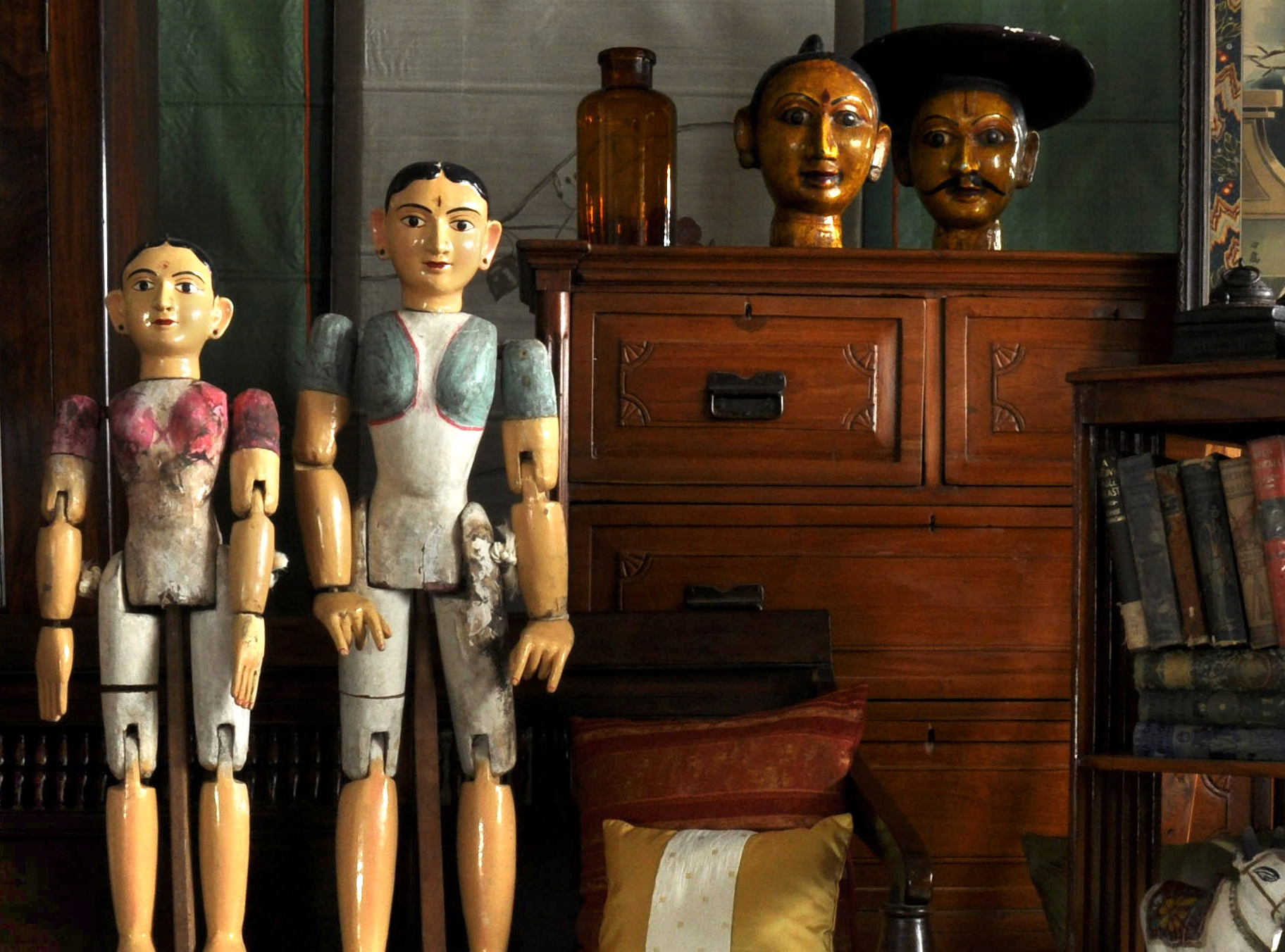How the Bengal School of Art Changed Colonial India's Art Landscape
Art WiseWhen one thinks of the influence that British Rule had on Indian life, the dramatic impact on Indian art cannot be ignored. While local artists across the country aligned themselves to create art that suited British requirements for several decades, a significant reaction against colonial influence was witnessed with the birth of the Bengal School of Art in the early 20th century.
 (New Clouds, 1937 by Nandalal Bose, a renowned Bengal School artist)
(New Clouds, 1937 by Nandalal Bose, a renowned Bengal School artist)
Rooted in the pride of nationalism, the avant-garde movement transformed Indian art by bringing ‘Swadeshi’ values to Indian Paintings. Led by reformers and artists like E.B. Havell and Abanindranath Tagore, the Bengal School of Art originated in erstwhile Calcutta and Santiniketan, but spread across the country as a voice against western influence.
 (Abanindranath Tagore)
(Abanindranath Tagore)
The Cause of the Rise
During the British Raj, the traditional Indian approach towards painting had lost its identity. Since the traditional painting styles didn’t appeal to British tastes, they introduced a new form of painting in India in the late 1700s. Known as ‘Company Paintings’, specifically catering to British collectors, they captured India’s flora, fauna, ancient monuments, festivals, and ‘exotic new people’. Done mostly in watercolours, they were more documental than imaginative, characterized in technique by the use of linear perspectives and shading.
 (Bahadur Khan with men of his clan; an 1815 Company Painting)
(Bahadur Khan with men of his clan; an 1815 Company Painting)
 (Green Winged Macaw; Company Painting circa 1780)
(Green Winged Macaw; Company Painting circa 1780)
Soon, artists like Raja Ravi Varma also began popularizing the western techniques of realism and oil on canvas. But certain factions of the art world began to feel that the voice of the Indian artist was getting suppressed, with no room left for originality or imagination.
Start of the Movement
Ironically, it was an English gentleman, Ernest Binfield Havell, who first reacted against the academic style of painting being promoted by the British in India. E.B. Havell was the Principal of the Government College of Art, Calcutta from 1896 to 1905, where he encouraged students to imitate Mughal miniatures, which he believed expressed India’s spiritual qualities, as opposed to the ‘materialism’ of the west. Havell was supported tremendously in this endeavour by Abanindranath Tagore, the nephew of Rabindranath Tagore, who is known at the Founder of the movement famously known as the Bengal School of Art, or the Bengal School.
 (Birth of Krishna by Abanindranath Tagore)
(Birth of Krishna by Abanindranath Tagore)
Predominant Styles
Though the Bengal School artists all had individualistic styles, a few common features distinctly stood out in their work, like the use of indigenous materials such as tempera, or a sombre colour palette with limited colours. The Ajanta style of painting, as well as Mughal, Rajasthani and Pahari styles were evident influences in the works made by Bengal School artists, who created simple art with elegant and refined figures. Bengal School artists typically painted romantic landscapes, historical themes and portraits, as well as scenes from daily rural life.
 (Sati by Nandalal Bose)
(Sati by Nandalal Bose)
One of the most iconic paintings from the Bengal School is ‘Bharat Mata’ (Mother India) by Abanindranath Tagore, in which he depicted a young woman with four arms, holding objects symbolic of India’s national aspirations.
 (Bharat Mata by Abanindranath Tagore, 1905)
(Bharat Mata by Abanindranath Tagore, 1905)
In an attempt to reject colonial aesthetics, Abanindranath Tagore also turned to China and Japan with the intent of promoting a pan-Asian aesthetic, that was completely separate from, and independent of, a western influence. Japanese artist Okakura Kakuzo inspired him greatly, and the Japanese wash technique was imbibed by many Bengal School artists in their painting.
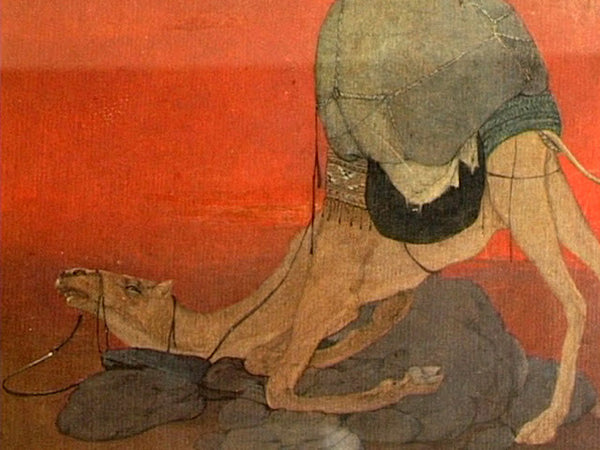 (Journey's End by Abanindranath Tagore, circa 1913, demonstrates use of the Japanese wash technique)
(Journey's End by Abanindranath Tagore, circa 1913, demonstrates use of the Japanese wash technique)
Famous Artists
Besides Abanindranath, many other proponents of the Bengal School are also considered stalwarts in Indian art. His brother, Gaganendranath Tagore was a famous painter and cartoonist from the Bengal School. Together, they also founded the Indian Society of Oriental Art in 1907.
 (Love Messenger by Gaganendranath Tagore)
(Love Messenger by Gaganendranath Tagore)
Nandalal Bose, a pupil of Abanindranath, was inspired by the murals of Ajanta, and typically painted scenes from Indian mythology, women and village life. Asit Kumar Haldar, another renowned artist of the Bengal School, was inspired by Buddhist art and Indian history, and took a lyrical and poetic approach in his painting.
 (Shiva Drinking the World Poison by Nandalal Bose)
(Shiva Drinking the World Poison by Nandalal Bose)
 (Dhruva by Asit Kumar Haldar)
(Dhruva by Asit Kumar Haldar)
Decline
With the spread of modernist ideas in the 1920s, the influence of the Bengal School began to decline. But there is no doubt that the revolutionary movement fuelled artists to look for a distinct Indian identity, and in that sense, the Bengal School was the harbinger of Modern Art in India. Till date, the Government College of Art and Craft in Kolkata and the Viswa Bharati University in Santiniketan continue to train students in the traditional styles of tempera and wash painting, carrying forward the legacy of one of the most significant period in Indian art.


